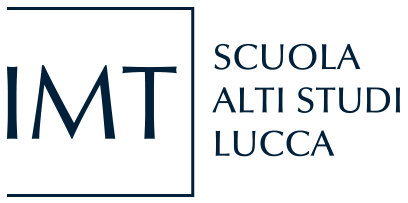Many countries provide public policy support for R&D networks. In publicly funded R&D consortia, firms collaborate with each other and with public scientific institutions to carry out joint innovation projects. The idea behind these policy schemes is that collaborative innovation enables firms to benefit from knowledge spillovers within R&D networks. Surprisingly, however, there is no empirical research showing that spillover effects actually exist in publicly funded R&D consortia. This paper seeks to investigate the extent and sources of knowledge spillovers in R&D networks and to distinguish them from other drivers of additionality generated by collaborative innovation policy programs. Our empirical analysis refers to the case of Norway, where four different political programs have supported R&D in the last two decades. We consider the entire population of Norwegian firms supported under these four policy programs, i.e. more than 15,000 collaborative projects between 2002 and 2021. Based on the information on each project, we construct networks of innovators and new R&D spillover pool variables. We use a spatial autoregressive econometric approach and estimate a network regression estimator that endogenizes peer effects related to knowledge spillovers. The econometric results show that the knowledge spillovers arising from publicly funded R&D networks are positive but small. Such spillover effects are exclusively due to collaboration between firms, while we do not find significant spillover effects related to interactions between firms and public science organizations.
Join at: imt.lu/aula2
